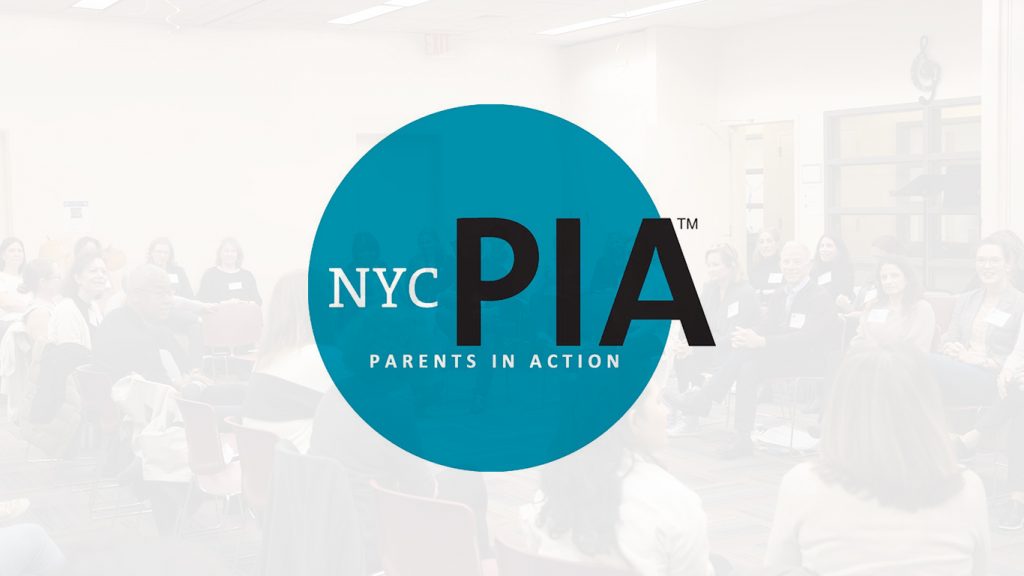Get into a Top College, Earn Thousand of Dollars
in Merit Scholarships, and Still Have a Life!
By Dan Molloy

As parents of high school students, you want your children to have the best possible options when it comes to selecting a college. College is not just about getting a great education, which can yield higher starting salaries and a better quality of life. It’s about discovering what they want to do for the next 30-40 years. It’s about connecting with a group of peers that will become their first network in the real world. College is their first taste of independence, where they will develop reasoning skills needed to make life decisions, learn how to do laundry, and figure out who they want to become as adults. Where they choose to go can determine their career path, how often you see them, and both of your financial situations for years to come. Scoring high on the SAT not only strengthens their position for admission to the college of their choice, but can also help them win scholarship money.
Teenagers lead incredibly busy lives. To suggest that a student must carve out hundreds of hours to prepare for the SAT is an inadequate response to the demands of active, high-performing young adults. As an SAT tutor in New York City, I recognize that students have a limited amount of time to prepare for this high-stakes test and that parents are looking for reliable results in a fixed period of time. In order to make sure my students succeed, I have to give them the most efficient strategies available and a realistic study process they can trust.
In this article I will break down the four components of the SAT preparation program I have refined with dozens of students over the past four years.
1. Setting a Specific, Attainable Target Score
Before cracking open a book, reading a passage, or turning on a calculator, students need to determine their target SAT score – one that is attainable and non-negotiable. A good way to do this is by looking at the website of each potential college and reverse engineering the process schools use to filter applicants. All colleges publish the GPAs and SAT scores of the 25th and 75th percentiles. Students should aim to be in the top 50 percent if they are to be a serious contender in getting accepted to the college of their choice, and in the top 25 percent if winning merit scholarships is essential to making attendance financially realistic.
For juniors who are early in the process and do not yet have a list of schools they are considering, I suggest setting a target of 2100*. Based on 1,672,395 college-bound high school seniors that took the SAT in 2014, only 3.6% scored higher than 2100. Being in the 96th percentile is good enough to get in almost anywhere, and at most schools, to receive merit awards. The median SAT score in 2014 was around 1500, and every 100 points above the median counts for a lot. However, above 2100, returns diminish and the rest of the student’s application takes on more importance. This holds true for all but the most elite schools that are competing for the top 3.6% of rising freshman applicants.
*In 2016, the SAT format will return to a 1600 point scale with the essay becoming optional. It is likely the essay will be strongly recommended for most students. When this happens, the suggested composite score of 2100 would be revised to 1400 excluding the essay portion.
2. Developing a Process Mindset
Many parents expect their children to do well on the SAT because they generally get good grades on their report card. The same parents are often surprised when their children’s practice test scores come in low. High scores do not happen by accident. Score improvements come from having a process mindset. The first time I tutor a new student on SAT prep I tell them “It’s not what you know, it’s how you think.”
When students encounter a problem in which the solution is not immediately apparent, their natural response is to become anxious, then skip the problem or take a guess. While there is nothing wrong with the decision to skip or guess, the negativity of knowing they probably won’t get that example right can carry over to the next problem, and the one after that. Negativity and frustration stunt both creativity and confidence, often leading to lower scores and decreased belief in one’s abilities.
A subtle shift in mindset can make a massive difference. Students can be coached to recognize that questions with non-obvious answers are simply problems they have not figured out yet. This gentle re-frame replaces the common and nonconstructive thought pattern “I don’t know” with the constructive response “How can I figure it out?” This allows the student to remain positive and confident during the test. They efficiently prove what they know, and use any remaining time discovering approaches and solutions which may earn them an extra point or two.
3. Benchmarking
You don’t need to purchase proprietary materials from Kaplan or Princeton Review or any other test prep conglomerate. All you need is the Official Collegeboard SAT Prep Book, which you can buy on Amazon for $17. It contains ten full practice tests.
Have your son or daughter take a full simulated practice test under test-like conditions. They can put their iPhone on airplane mode and set the timer for each section. Take the prescribed breaks in between sections. Treat snack and bathroom breaks the same as they would be during the real test. If the full test cannot be taken in one sitting, break it up into two days. Continuity makes the final score a more accurate reflection of the student’s ability, since stamina comes into play during a long test.
Offer to grade and record their math and verbal scores for them. This saves them time and gives you a chance to verify the results. Note the date, and any general observations they had before, during, or after the test. For example, note if they had not gotten enough sleep the night before, had not eaten breakfast that day, were stressed about their prom date, or had to break it up into three separate sittings to get it all done. These are all valuable nuggets that go a long way toward explaining variations on subsequent attempts.
4. Review and Repeat
Within a few days after the practice test, the student should go back to any problems they missed, skipped, or guessed successfully on and try to figure out where they went right and wrong. The more self-directed this process can be, the better. They can use any resources available to figure it out: textbooks, YouTube videos, Khan Academy, Wolfram Alpha, Google, friends, older siblings, parents, teachers, or tutors.
Score improvements over time come in two basic flavors. The first group can be classified as test-taking skills. This includes eliminating careless errors in computation, avoiding filling in the wrong bubble by accident, making better educated guesses, making better decisions about when to keep working on a problem versus when to come back to it, deciding whether to guess or leave an answer blank, and improving speed by recalling or looking up reference information faster due to repetition. Improvements happen automatically by taking multiple practice tests. Put the work in and the results will follow.
The second group of improvements are in content. There are verbal problems that the student stands little chance of succeeding in if they do not know the vocabulary word. Guessing and context clues go a long way but they are not a sure bet. If a math problem requires a student to know the formula for the surface area of a sphere and it is not offered on the reference page, it’s nearly impossible to earn points from that example other than a (hopefully) educated guess.
For parents in a position to invest in SAT tutoring, this is the area where a highly qualified tutor can give you tremendous results. The tutor should fill in content gaps efficiently, observe trends, and identify and drill on weak areas.
After making sense of all the miss/skip/guess problems from the first test, simply repeat the cycle with the next practice test. The review time rarely exceeds the time to actually take the practice test for students that are above the median composite score (1500) because they get so many problems correct to begin with. Total time commitment could be as little as three hours per week. If the student starts preparing three months before their SAT test date, they will have a chance to do up to ten full practice tests. However, if they meet or exceed their goal score three times in a row, consider them sufficiently prepared and let them have a few hours back in their week!
Bottom Line
This process is fairly simple and inexpensive, but almost no one does it. Despite the best intentions of parents and students, long-term planning is often superseded by the immediacy of homework, extra-curricular activities, and unplanned interruptions to the daily routine. Without carving out dedicated SAT prep time and committing to a program, the weeks and months evaporate and students are left with only enough time for the “tips and tricks,” not the hard-earned improvements of consistent practice week after week.
But it doesn’t have to be overwhelming. You don’t need to place your child in a weekend SAT class that would effectively add a sixth school day to each week, likely fraught with resentment and lackluster effort. You don’t need to find a tutor before having them begin SAT prep. Start the initial research that determines the target score. Buy the blue book. You may be pleasantly surprised that your child’s benchmark scores are not far off from the goal you establish. Students that follow this process with consistency, organization, and support from their parents are likely to score in the top 3.6% of rising college freshman. Such an accomplishment allows these students to be in a position to choose between colleges and avoid amassing college debt or spending their parents’ savings. And they can enjoy their senior year knowing the road ahead is ready and waiting for them.
 Dan Molloy is a Professional Engineer, Math Tutor, and the founder of NYC Math Tutoring and Test Prep, a Manhattan based company specializing in SAT & ACT prep since 2011. Dan and his team of experienced tutors use a deep understanding of student psychology and the college admissions process to help hundreds of students achieve their academic goals and acquire lifelong study skills along the way. Tutoring services are tailored to the goals, schedules, and learning styles of New York’s busy students and families.
Dan Molloy is a Professional Engineer, Math Tutor, and the founder of NYC Math Tutoring and Test Prep, a Manhattan based company specializing in SAT & ACT prep since 2011. Dan and his team of experienced tutors use a deep understanding of student psychology and the college admissions process to help hundreds of students achieve their academic goals and acquire lifelong study skills along the way. Tutoring services are tailored to the goals, schedules, and learning styles of New York’s busy students and families.

